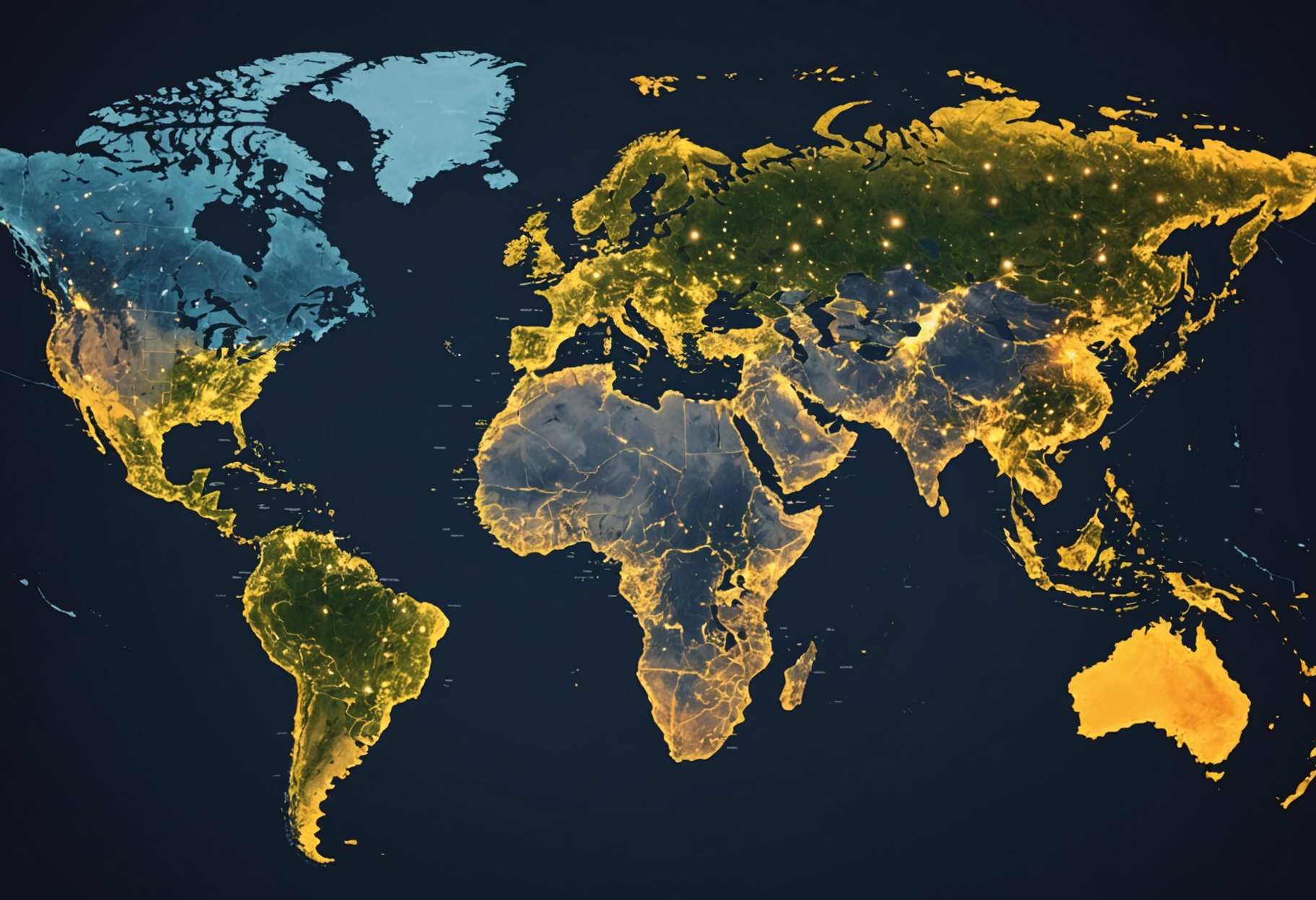Revealing the Incomparable Realms: An Excursion through Power and Inheritance

The ascent and fall of domains intrigues us, featuring the temporariness, everything being equal. How do realms accomplish huge power and impact, just to decline eventually? This article investigates the accounts of five of the most impressive realms ever, noticing that the meaning of solidarity is abstract and fluctuates by models.
The Roman Domain
The Roman Domain epitomizes unrivaled power ever. Past military may, the Romans exhibited social complexity that pulled in vanquished districts. Their compositional marvels, logical headways, and philosophical commitments structure the bedrock of the advanced world. Also, Roman regulation essentially affected later overall sets of laws, and their legislative designs keep on impacting present day organizations. Albeit struggles under the surface and emergencies accelerated its fall, the domain's tactical strength and enduring heritage continued from 31 B.C.E. to 1453 C.E.
The (First) Persian Realm
Established by Cyrus the Incomparable in 550 B.C.E., the Achaemenid Persian Realm altogether affected resulting domains and developments. With a different populace, it represented a tremendous region that associated North Africa, Focal Asia, the Center East, Europe, India, and the Mediterranean. The Persian Realm advanced harmony and accomplished significant progressions, for example, a powerful postal framework, a broad street organization, ethnic independence, a typical language known as Royal Aramaic, and an efficient organization. Despite the fact that its triumph by Alexander the Incomparable in 330 B.C.E. finished its rule, its heritage lived on.
The Caliphate
Arising out of Muhammad's lessons, the Middle Easterner Realm, or Caliphate, flourished under the initiative of the four Appropriately Directed Caliphs until 661 C.E. This realm accomplished noteworthy military triumphs driven by intense devotion. The Middle Easterner Domain associated various focuses of civilization spreading over Europe, Focal Asia, Africa, India, and China. It left an enduring inheritance through the spread of Islam, exchange, and the headway of information that prompted improvements like variable based math. The Caliphate started to decrease in the tenth century C.E. as opponent lines arose.
The Mongol Realm
Opposing assumptions, the Mongol Domain, drove by Genghis Khan and his replacements, accomplished remarkable triumphs against essentially bigger and all the more impressive foes. With only 2,000,000 Mongols, they vanquished rambling districts, including Russia, China, and the Center East. Their tactical techniques and traveling flexibility imparted dread in their enemies, yet the realm debilitated because of its authoritative failures over such tremendous domains.
The English Realm
The English Realm significantly reshaped the contemporary world. Its organizations and philosophies laid out an establishment for current administration, impacting scholars like Montesquieu and illuminating ideas regarding law and order, progressivism, social equality, and exchange. Monetary authority, hierarchical proficiency, and maritime predominance situated the English Domain as a worldwide force to be reckoned with. Their intermittent losses, combined with prominent triumphs, solidified their status as a superior realm.
The records of these five strong realms show human aspiration, flexibility, and the passing idea of force. While every realm showed one of a kind qualities and inheritances, they shared a typical destiny \x1 ultimately surrendering to inward conflict, outer dangers, or the intricacies of administration. By thinking about their authentic significance, we recognize that domains, no matter what their magnificence, are eventually dependent upon the constant entry of time.
The Roman Domain
The Roman Domain epitomizes unrivaled power ever. Past military may, the Romans exhibited social complexity that pulled in vanquished districts. Their compositional marvels, logical headways, and philosophical commitments structure the bedrock of the advanced world. Also, Roman regulation essentially affected later overall sets of laws, and their legislative designs keep on impacting present day organizations. Albeit struggles under the surface and emergencies accelerated its fall, the domain's tactical strength and enduring heritage continued from 31 B.C.E. to 1453 C.E.
The (First) Persian Realm
Established by Cyrus the Incomparable in 550 B.C.E., the Achaemenid Persian Realm altogether affected resulting domains and developments. With a different populace, it represented a tremendous region that associated North Africa, Focal Asia, the Center East, Europe, India, and the Mediterranean. The Persian Realm advanced harmony and accomplished significant progressions, for example, a powerful postal framework, a broad street organization, ethnic independence, a typical language known as Royal Aramaic, and an efficient organization. Despite the fact that its triumph by Alexander the Incomparable in 330 B.C.E. finished its rule, its heritage lived on.
The Caliphate
Arising out of Muhammad's lessons, the Middle Easterner Realm, or Caliphate, flourished under the initiative of the four Appropriately Directed Caliphs until 661 C.E. This realm accomplished noteworthy military triumphs driven by intense devotion. The Middle Easterner Domain associated various focuses of civilization spreading over Europe, Focal Asia, Africa, India, and China. It left an enduring inheritance through the spread of Islam, exchange, and the headway of information that prompted improvements like variable based math. The Caliphate started to decrease in the tenth century C.E. as opponent lines arose.
The Mongol Realm
Opposing assumptions, the Mongol Domain, drove by Genghis Khan and his replacements, accomplished remarkable triumphs against essentially bigger and all the more impressive foes. With only 2,000,000 Mongols, they vanquished rambling districts, including Russia, China, and the Center East. Their tactical techniques and traveling flexibility imparted dread in their enemies, yet the realm debilitated because of its authoritative failures over such tremendous domains.
The English Realm
The English Realm significantly reshaped the contemporary world. Its organizations and philosophies laid out an establishment for current administration, impacting scholars like Montesquieu and illuminating ideas regarding law and order, progressivism, social equality, and exchange. Monetary authority, hierarchical proficiency, and maritime predominance situated the English Domain as a worldwide force to be reckoned with. Their intermittent losses, combined with prominent triumphs, solidified their status as a superior realm.
The records of these five strong realms show human aspiration, flexibility, and the passing idea of force. While every realm showed one of a kind qualities and inheritances, they shared a typical destiny \x1 ultimately surrendering to inward conflict, outer dangers, or the intricacies of administration. By thinking about their authentic significance, we recognize that domains, no matter what their magnificence, are eventually dependent upon the constant entry of time.
LATEST POSTS
- 1
 Instructions to Keep an Inspirational perspective After Cellular breakdown in the lungs Treatment
Instructions to Keep an Inspirational perspective After Cellular breakdown in the lungs Treatment - 2
 Excelling at Discussion: Genuine Examples of overcoming adversity
Excelling at Discussion: Genuine Examples of overcoming adversity - 3
 The most effective method to Make a Dazzling Site in 5 Basic Advances
The most effective method to Make a Dazzling Site in 5 Basic Advances - 4
 Figure out How to Get a good deal on Your Rooftop Substitution Venture
Figure out How to Get a good deal on Your Rooftop Substitution Venture - 5
 Unraveling the Specialty of Picking Your Ideal Travel Objective
Unraveling the Specialty of Picking Your Ideal Travel Objective
Share this article
 The Magnificence of Extraordinariness: Presenting Valuable Adornments and Gemstones
The Magnificence of Extraordinariness: Presenting Valuable Adornments and Gemstones Step by step instructions to Buy a Jeep Wrangler on a Senior's Spending plan
Step by step instructions to Buy a Jeep Wrangler on a Senior's Spending plan Extraordinary Miracles: The Cherished Islands for a Tropical Get-away
Extraordinary Miracles: The Cherished Islands for a Tropical Get-away 10 Demonstrated Tips to Boost Your New Android Cell phone: A Thorough Aide
10 Demonstrated Tips to Boost Your New Android Cell phone: A Thorough Aide Top notch DSLR Cameras for Photography Devotees
Top notch DSLR Cameras for Photography Devotees 5 Worldwide Road Food varieties You Should Attempt
5 Worldwide Road Food varieties You Should Attempt Vote In favor of Your #1 Cell phones
Vote In favor of Your #1 Cell phones Lovely Special first night Spots to in 2024
Lovely Special first night Spots to in 2024 Party Urban communities of the World
Party Urban communities of the World













